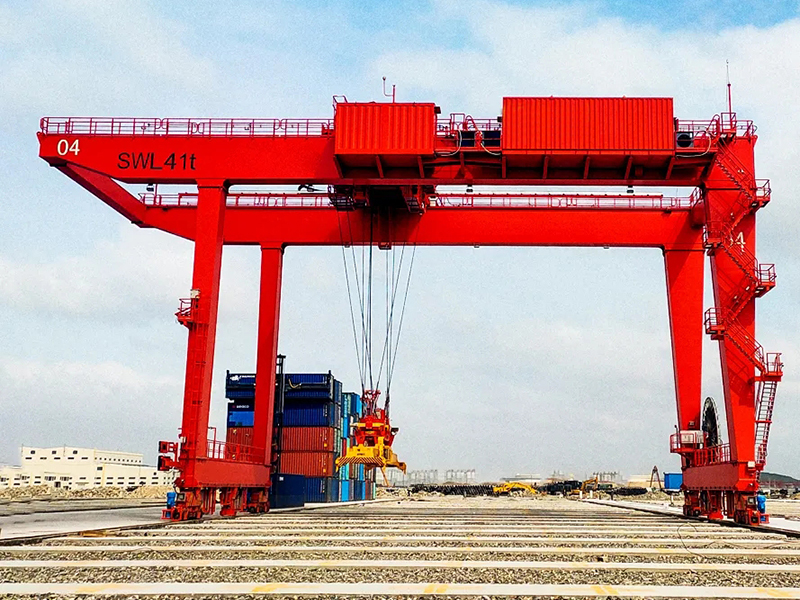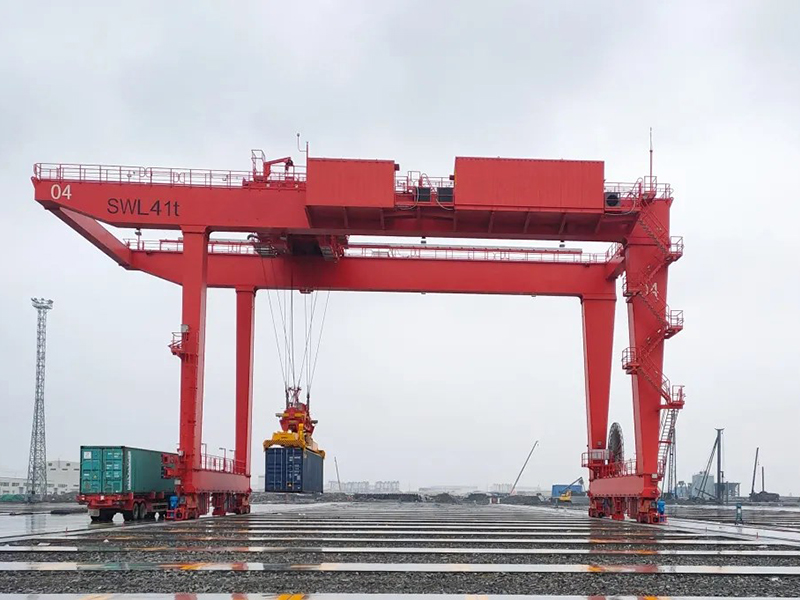Railway gantry cranes play a crucial role in various industries, providing efficient and reliable solutions for lifting and moving heavy loads. While their functionality and versatility are widely acknowledged, it’s essential to examine the environmental considerations associated with their operation. As industries strive for sustainable practices, understanding the environmental impact of railway gantry cranes becomes increasingly important.

1. Energy Efficiency:
One significant environmental consideration is the energy efficiency of railway gantry cranes. These cranes are often powered by electricity, and advancements in technology have led to more energy-efficient models. Energy-efficient gantry cranes contribute to the reduction of overall energy consumption, lowering the environmental footprint associated with their operation.
2. Emissions and Air Quality:
Unlike some heavy machinery that relies on internal combustion engines, railway gantry cranes are typically electrically powered. This characteristic minimizes direct emissions of pollutants and greenhouse gases at the point of operation. By reducing air pollution, these cranes contribute positively to the local air quality, creating a healthier working environment and surrounding community.
3. Noise Pollution:
Railway gantry cranes are known for their quiet operation compared to some alternative lifting solutions. The reduced noise levels contribute to a more sustainable and less disruptive work environment. This is particularly important in urban areas or locations where noise pollution regulations are stringent.

4. Material Selection and Recycling:
The materials used in the manufacturing of cranes for railway can impact their environmental profile. Opting for materials with high recyclability and incorporating recycled materials into the crane’s construction contribute to sustainable practices. Additionally, end-of-life considerations, such as ease of dismantling and recycling, can further minimize the environmental impact.
5. Wildlife Preservation:
In some cases, railway gantry cranes may be situated near natural habitats. Proper siting and design considerations can help minimize disruption to local ecosystems. Taking steps to preserve wildlife habitats and prevent any adverse effects on local flora and fauna demonstrates a commitment to environmental responsibility.
6. Energy Source:
While the operation of railway gantry cranes primarily relies on electricity, the source of that electricity is a crucial factor. If the electricity is derived from renewable sources such as solar, wind, or hydropower, the environmental impact is further reduced. Companies investing in green energy for their crane operations contribute to the overall transition to a more sustainable energy mix.
7. Lifecycle Assessments:
Conducting lifecycle assessments of railway gantry cranes provides a comprehensive view of their environmental impact from production to disposal. This analysis considers factors such as raw material extraction, manufacturing processes, transportation, energy use during operation, and end-of-life disposal. By understanding the full lifecycle impact, industries can make informed decisions to minimize their ecological footprint.
8. Regulatory Compliance:
Adherence to environmental regulations and standards is a fundamental aspect of responsible crane operation. Compliance ensures that the crane’s design, manufacturing, and operation align with established environmental guidelines. Proactive engagement with regulatory bodies and continuous monitoring of evolving environmental standards are essential for maintaining a sustainable approach.
Conclusion:
In conclusion, the operation of railway gantry cranes involves several environmental considerations. From energy efficiency and emissions to material selection and wildlife preservation, each aspect contributes to the overall ecological impact. As industries increasingly prioritize sustainability, integrating environmentally friendly practices into the operation of railway gantry cranes becomes a key focus. By addressing these considerations, companies can not only enhance their environmental stewardship but also contribute to a more sustainable and responsible future for material handling operations. As technology continues to advance, the industry has the opportunity to further minimize its environmental footprint and set new benchmarks for eco-friendly crane operations. To learn more about cranes, click here https://steelmillcranes.com/